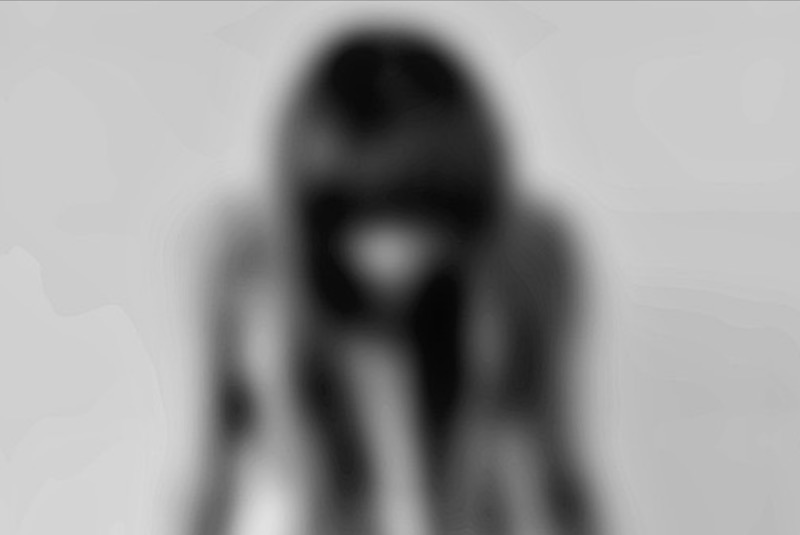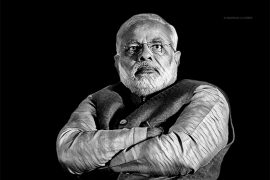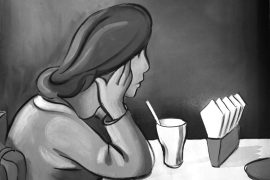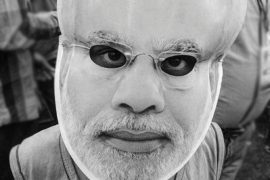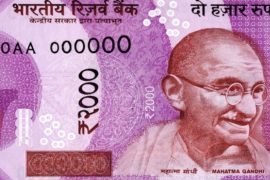India’s National Crime Records Bureau (NCRB) data shows that a woman is raped in the country every sixteen minutes. Ninety-six per cent of the rapes are committed by someone known to the victim.
The recent rape and murder of the doctor killed in Kolkata is just one of the many examples of rape. For now, the streets of West Bengal echo with demands for justice for the 31-year-old medic.
The India Today Open Source Investigation (OSINT) team recently found a plethora of links and multimedia files offering purported videos of the victim’s “sex” being hosted as “porn” and shared across multiple social media platforms. Worryingly, the footage of rape is among the top searches in India as well as Nepal, Pakistan, Sri Lanka, Bangladesh and UAE. Google Trends data suggests that search volume spiked on 16 August.
The Chief Minister of West Bengal, Mamata Banerjee, demanded that the perpetrator of the crime be hanged by the end of the month. However, in 2012, when news of the Park Street rape case made headlines, Mamta Banerjee attacked the survivor, Suzette Jordan, by calling the gang rape a “fabricated incident.”
Such denial and victim blaming is not an isolated incident. It follows a pattern.
Example one: In May 2023, two Kuki-Zo women were paraded naked and filmed by a mob in Kangpokpi district, Manipur. The horrific video, which emerged in July 2023, shook the nation. However, on 20 August 2024, The Wire reported about a leaked audio clip which was first shared by the Kuki Students’ Organisation.
The voice in the audio—said to be of Manipur Chief Minister Biren Singh—can be heard making light of the crime against the two survivors, saying he is doubtful if the two women complainants from the video were molested and raped. The ruling government has refuted the audio; however, it is currently under investigation. Following the audio leak, ten Kuki-Zo MLAs, including eight BJP MLAs, have demanded that Singh be debarred.
Example two: In 2023, India’s athletes—who won medals in the Olympics and Commonwealth games—protested against sexual harassment by former Wrestling Federation of India Chief and BJP leader Brij Bhushan Sharan Singh for months. However, Prime Minister Modi did not respond. On the day of the inauguration of the new Parliament by Prime Minister Narendra Modi, when thousands of people marched towards the India Gate, the police dragged the wrestlers and arrested them.
Example three: A decade ago, in November 2012, the gang rape and murder of Nirbhaya made headlines. But it soon faded from the front pages and disappeared. One of the rapists, a juvenile, was arrested and sent to a rehabilitation home for three years in North Delhi as he was less than 18 years of age. Later, he was released. Reportedly, he was ‘one of the most brutal’ among all the accused, as he attacked the victim with an iron rod. However, a Juvenile Justice Board brushed aside all the allegations and called it ‘media hype.’
Example four: In 2018, when an eight-year-old Asifa was raped and murdered in a temple, Hindutva ministers and lawyers marched in support of the men who raped and murdered the eight-year-old girl.
Example Five: In 2022, police found the dead body of twenty-seven-year-old Shraddha Walkar. The young woman was strangled, cut into 35 pieces and stored in a refrigerator by her live-in partner before he disposed of them in the forest. The Indian media touted the gruesome murder as a “fridge/refrigerator murder” and reported all the gory details for months. However, there was no acknowledgement of the violence against women. Instead, the public and political discourse in the country quickly turned communal and fixated on victim blaming and moral policing.
Example six: All the rapists, except one, in the Hathras rape case were acquitted just days before International Women’s Day 2023. The 19-year-old Dalit woman was raped and killed by the upper caste men of Bhulgarhi village in Uttar Pradesh the year before. The local police burned her body in the presence of the District Magistrate without her family’s presence or permission. Upper-caste residents of the village blame the girl as a person with ‘loose morals’ and continue to support the rapists/murderers.
Example seven: On 15 August 2022, when eleven men convicted of raping Bilkis Bano were released from prison by the Gujarat government—backed by the Home Ministry’s permission—they were welcomed with garlands. Two years later, in 2024, India’s Supreme Court nullified their remission orders only after people filed multiple Public Interest Litigations.
Sadly, our collective conscience seems to be enraged only after the victims are dead. Fixing retributive justice imposes the blame only on the perpetrators while absolving the society, which is equally guilty of the crime.
According to Deloitte’s 2024 Women @ Work report, nearly half of the women are concerned about their safety at work or while travelling to work. Though the number of women who have experienced non-inclusive behaviours like harassment or microaggressions has decreased, forty-three per cent admit to experiencing such behaviours in the last year.
The total number of Prevention Of Sexual Harassment (POSH) complaints filed increased from 1,807 in FY22-23 to 2,325 in FY23-24 (a twenty-nine per cent year-on-year increase). The total pending resolution of complaints has also increased from 260 in FY 22-23 to 435 in FY 23-24 (a sixty-seven per cent year-on-year increase).
Yet, sexual violence continues to be treated as a marginal issue. Furthermore, state and social impunity for perpetrators is emboldening them.
The success of films that uphold and glorify misogynous abuse of women—such as Arjun Reddy, Animal, Kabir Singh, etc—show how ideas of stalking, rape, aggression and possessiveness are justified as love. It shows how the worrying increase in rape cases is deeply connected to popular culture that encourages the control of women’s bodies and their autonomy.
Children, adolescents and women are not safe. Stronger laws alone cannot change the occurrence of rape. State and familial impunity given to predators must end.
-30-
Copyright©Madras Courier, All Rights Reserved. You may share using our article tools. Please don't cut articles from madrascourier.com and redistribute by email, post to the web, mobile phone or social media.Please send in your feed back and comments to [email protected]

